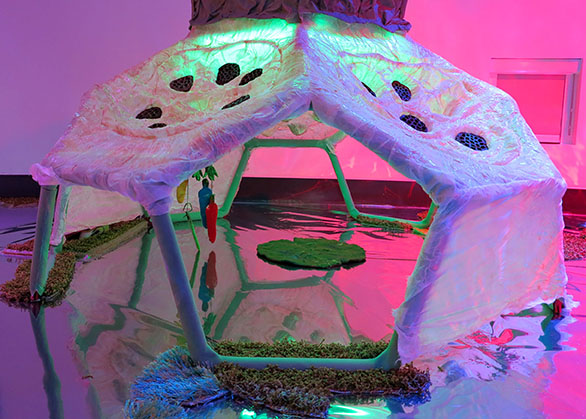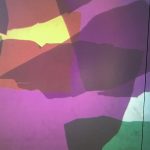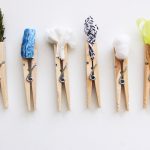This post looks at the magic of materials in children’s theatre design. I interview scenographer and researcher Roma Patel whose theatre installation, The Enchanted Forest was recently presented as part of the Techtopia festival at Polka Theatre (London, UK) and at the Theatre Hullaballoo (Darlington, UK). The installation embedded a myriad of interactive digital technologies into its set design. In this interview, Roma discusses some of the key ideas behind The Enchanted Forest, including the importance of children’s sensory-rich experiences in the performing arts.
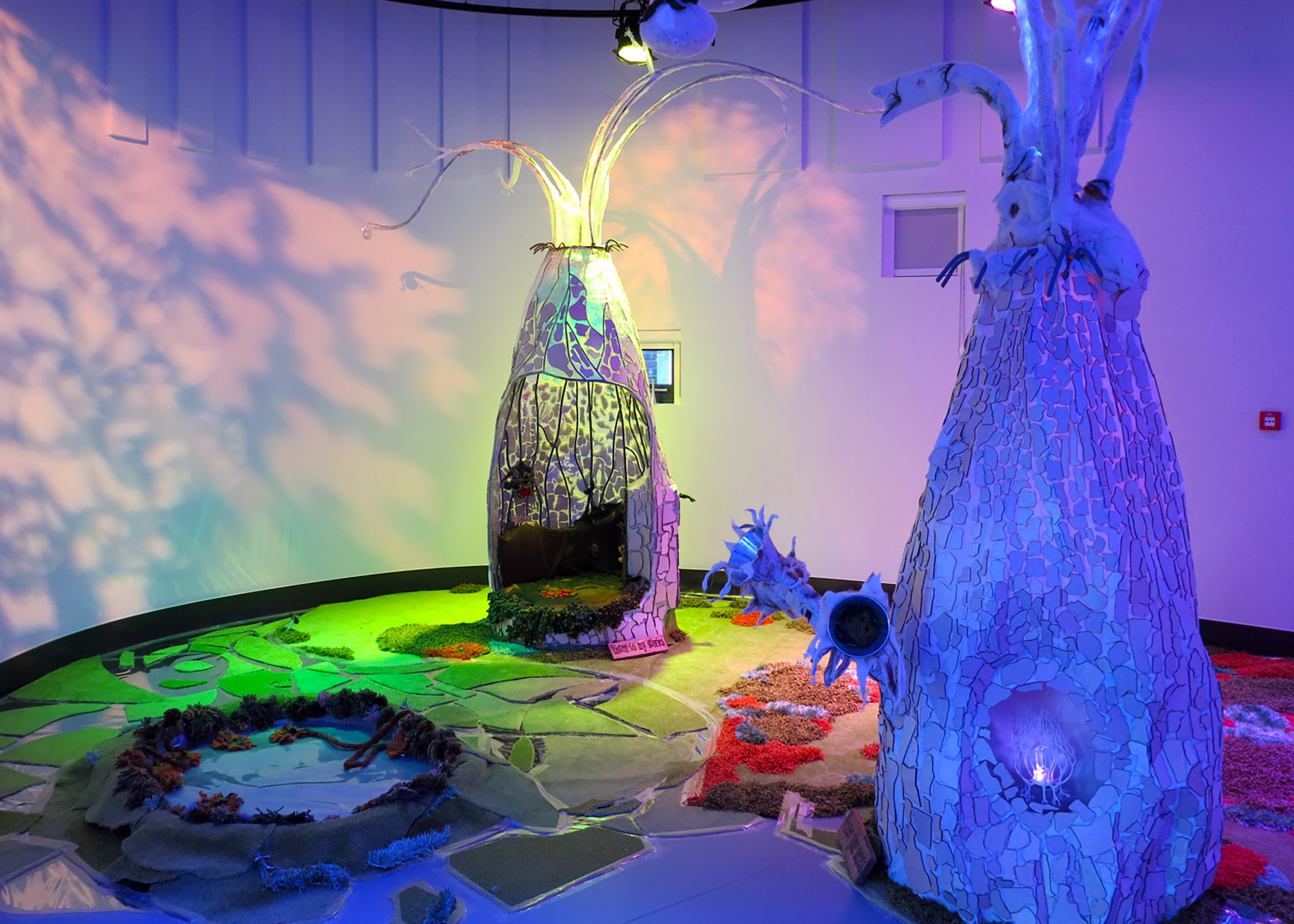
“Any sufficiently advanced technology is indistinguishable from magic.” Arthur C. Clarke
Louisa Penfold: Thank you so much for taking the time to talk about your work. What are some of the key ideas that influenced the design of The Enchanted Forest?
Roma Patel: There were a few key things I was thinking about when designing The Enchanted Forest installation. I wanted to create something that would encourage a sense of curiosity, playfulness and sensory journey between the children and parents.
When I was designing the installation, one of the main criteria I was working with was to design objects that were flexible enough for children aged 0-10 years to play with. This is quite a wide age range. I am very interested in the use of digital technologies in theatre, so I was thinking about how technology could create an enhanced visual and sensory experience for children.
The Enchanted Forest consists of five main interactive areas. These areas were all inspired by ideas connected to fairy tales, more specifically an imaginary location of an enchanted forest. One of the areas is a ‘mirror lake’ where children can jump and dance between musical lily pads arranged across a reflective ‘lake’ surface. Another area is based around a tree that children can whisper secrets to. However, if the children wake up the mountain nymph while telling their secrets, the tree comes to live by echoing their words and flashing lights that are embedded in its trunk and branches. There is also a ‘fairy lagoon’ where children can draw in a magic pool using a LED torch. The lagoon also features an array of flowers that are housed in a soft felt covering.
We wanted to encourage children’s storytelling in the set design so created a ‘story tree.’ In the story tree, children listen to stories that are triggered by tickling fabric flowers. There are also drawers in the story tree that contain stones, puppets and blocks. Children can use these objects as provocations to create and tell their own narratives.
Sound is also a very important part of the set design. I worked with a sound designer to compose music to accompany the installation and occasionally a storyteller performed in the space. The sound was a very important part of the set design!
Video caption: The Enchanted Forest was commissioned by the Theatre Hullaballo and developed in partnership with the Horizon CDT and the Mixed Reality Lab at the University of Nottingham, UK.
LP: How did you select the materials and their arrangement in The Enchanted Forest?
First of all, we were interested in exploring how different materials interact with one another in the set design. For example, we have a fairy pond that is made from a glowing material that reacts with light. Children were then able to use LED torches to draw on the material, and then the drawing would gradually disappear. This process created a lovely sense of magic in the experience. The material itself allowed a new way for children to draw. Children are familiar with drawing, and mark-making, on paper, so it’s taking this idea and doing it with a new material.
The idea of ‘enchantment’ was a common thread throughout everything in the performance. David Rose speaks about how technology can create enchanted objects, like what we see in animations where candles and teddy bears seem to come to life. The idea that an object can have an imaginary life is a huge part of both fairy tales and young children’s lives. I wanted to have that sense of magic in the installation.
We also selected the installation design’s arrangement so that there was a lot of variety in textures, colours and forms across the space. Offering a range of sensory experiences is an important part of children’s theatre design.
LP: How do you think children’s interactions with digital materials differs from interactions with non-digital materials?
I think that often children do not distinguish between digital and non-digital materials. They treat them as just another material. However, I think digital technologies can create a sense of surprise and extend the use of the material further through the playfulness of an interaction. For example, on the lake, there was child size den where two frogs lived one sat the inside and the other on the outside. When the children fed the frogs different coloured felted leaves, the colour of the lights changed in the den. We embedded a colour sensor in the frogs’ mouths this was a simple interface that allowed children to the interaction in the den with the seemly ordinary material. The digital materials add more magic, enchantment and most importantly they allowed children to take control of their theatre experience.
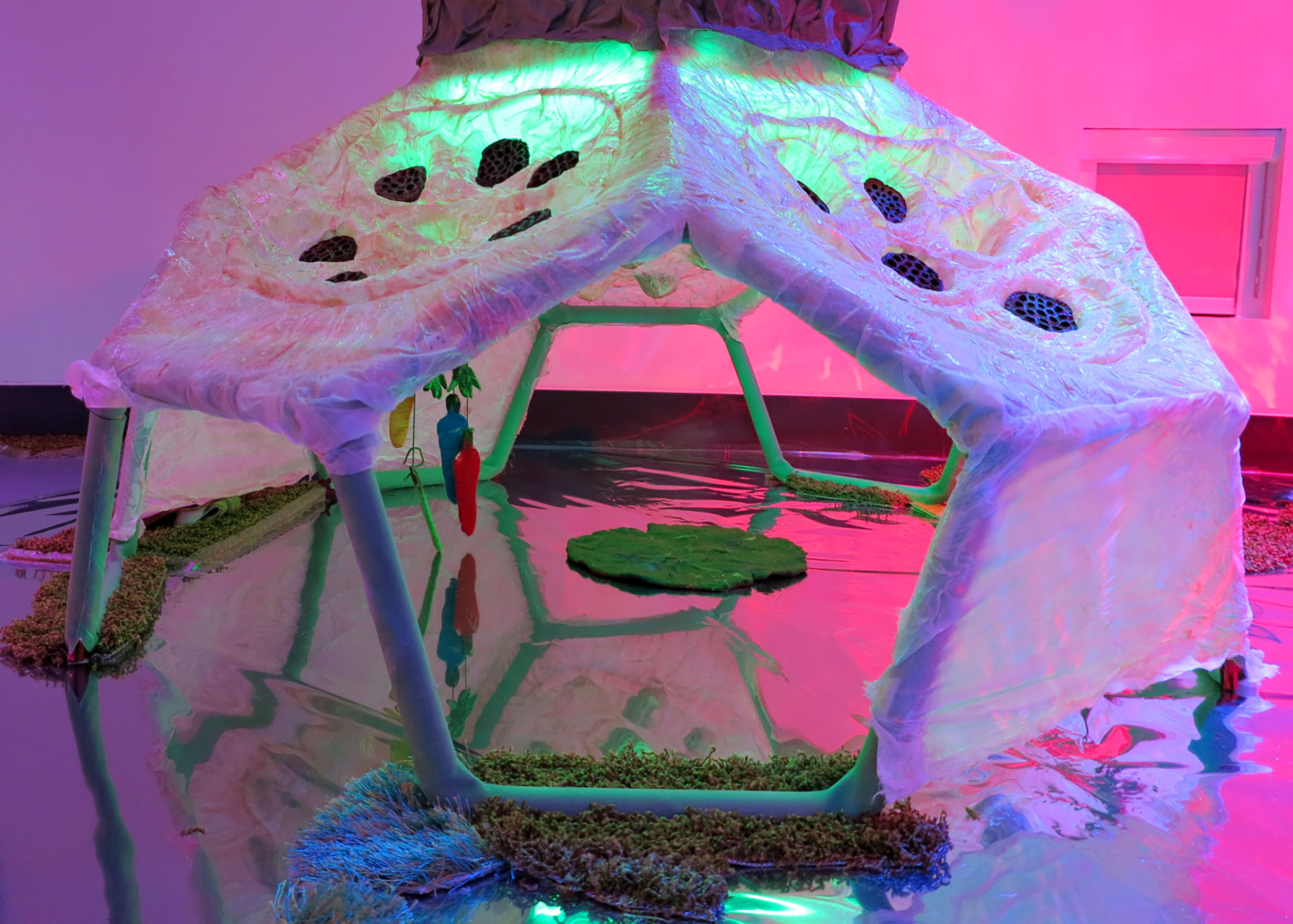
LP: Did any of the children’s interactions surprise you?
Yes, we found that many children on the autistic spectrum enjoyed the space. This was surprising as we had not specifically designed it for this audience.
There was a particular day when a three-year-old boy, whose parent had not heard him speak before, visited The Enchanted Forest. While he was there, a person was speaking to him through the ‘talking tree’, and their voice echoed ‘Are you there’ around the room. The boy was standing under one of the speakers at the time and heard the echo. He then began to repeat what the voice was saying! I am not exactly sure why this happened but it was a really, really interesting moment! Perhaps it was the visceral and physical nature of the voice, in that it did not leave the space as soon as it was spoken. Perhaps this then allowed the boy to connect with spoken word in a new way that he was previously unable to verbalise. Either way, it was a wonderful surprise.
The Enchanted Forest was also on display for five months at theatre Hullabaloo. This extended timeframe allowed for families and groups to return many times. As a result, children were able to have many different experiences in the installation. This was one of my favourite things about the piece.
LP: From a more general perspective, why do you think materials are important in children’s theatre design?
I think materials are important in early childhood education. The significance of materials comes as a result of young children being very interested in investigating and touching them. Children’s play with materials allows for many different sorts of sensory experiences. If a theatre installation has a variety of materials with different physical characteristics, for example, surfaces that are smooth, rough, hard and soft, this creates many different contrasting tactile experiences for children. The diversity in sensory experiences allows children to play and interact in a myriad of ways.
Children’s curiosity about materials is really important in theatre design too. How different children are drawn to different materials is really fascinating.
When used effectively I think materials can extend our tactile perception. The designer Bruno Munari in his book the Tacile Workshops (1985) talks about how often children hear ‘hands off and don’t touch’. The installation is about creating a space for children to have an aesthetic experience that is communicated through all the senses especially touch.
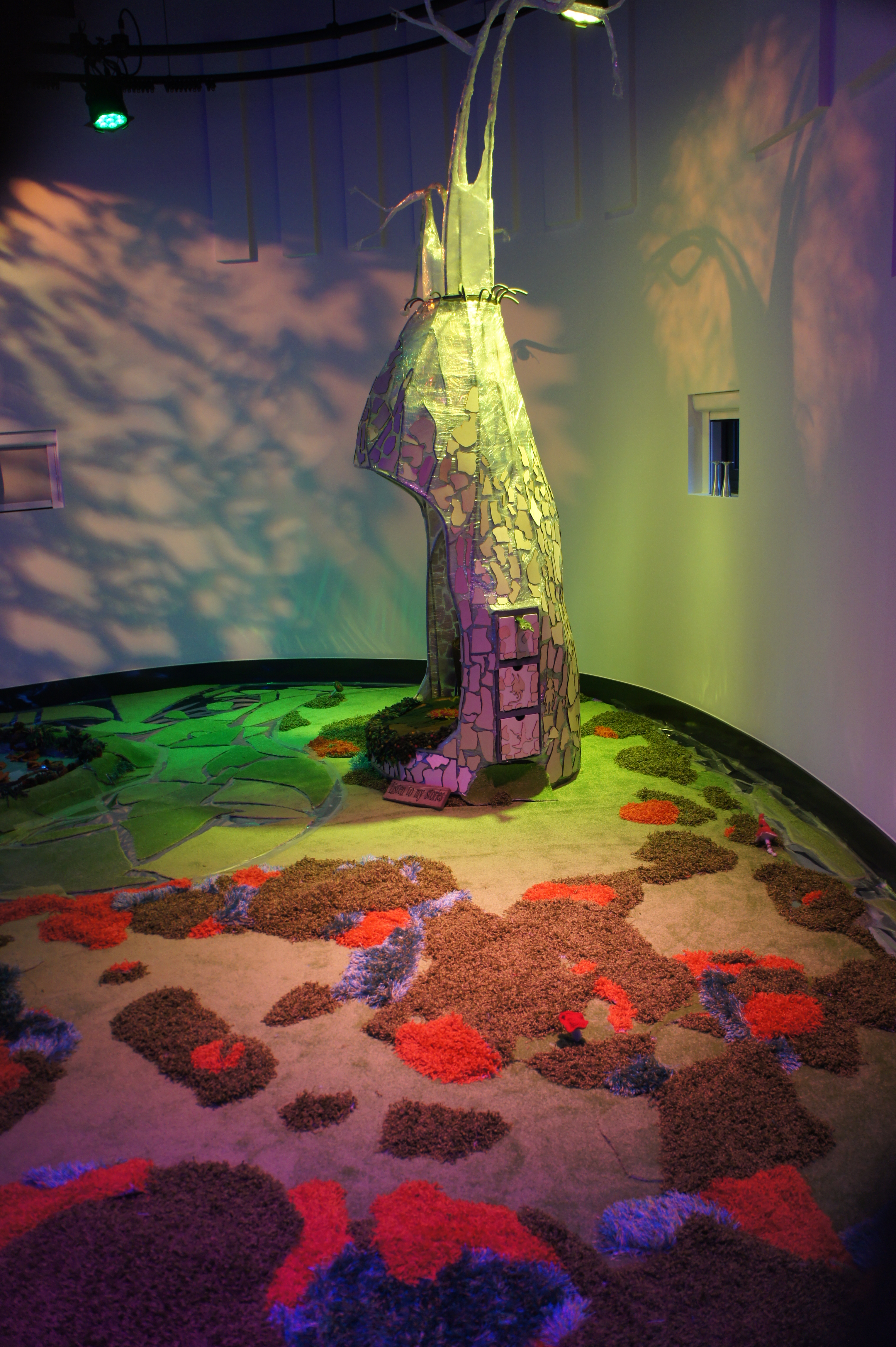
References and further links
Roma’s website features a portfolio of her current and past projects.
The Tactile Workshops by Bruno Munari (1985) is a brilliant book that looks at children’s sensory learning through design objects.
David Rose’s 2015 book Enchanted Objects: Innovation, design and the future of technology.
Arthur C. Clarke’s 1984 book ‘Profiles of the Future: An Enquiry into Limits of the possible.’
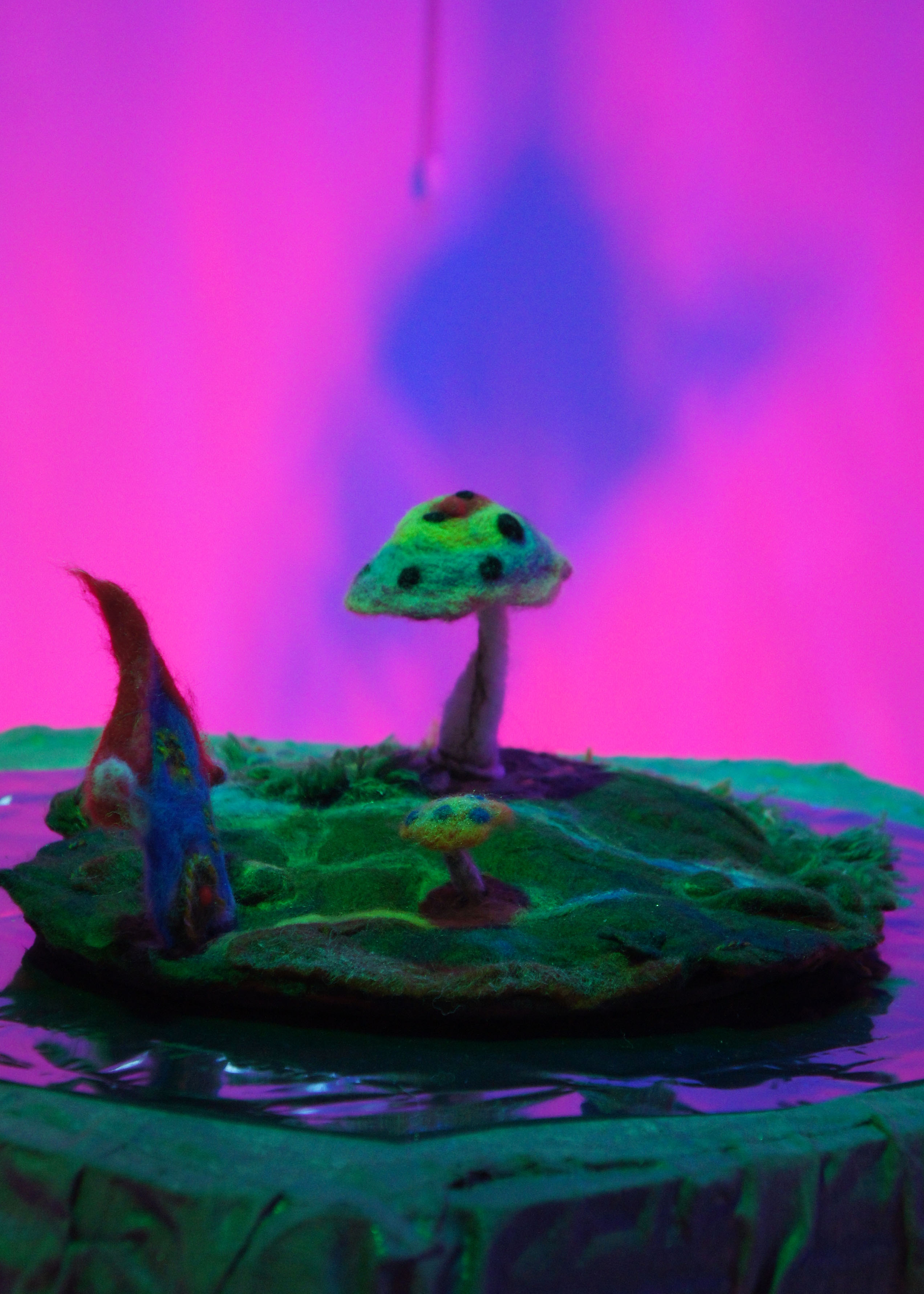
Posts related to children’s theatre design
The Atelier van Licht at the Centraal Museum, Utretch.
Thinking with your hands – A visit to the Tinkering Studio in San Francisco.
A visit to the Children’s Sensory Art Lab at C3 Gallery, Melbourne.


